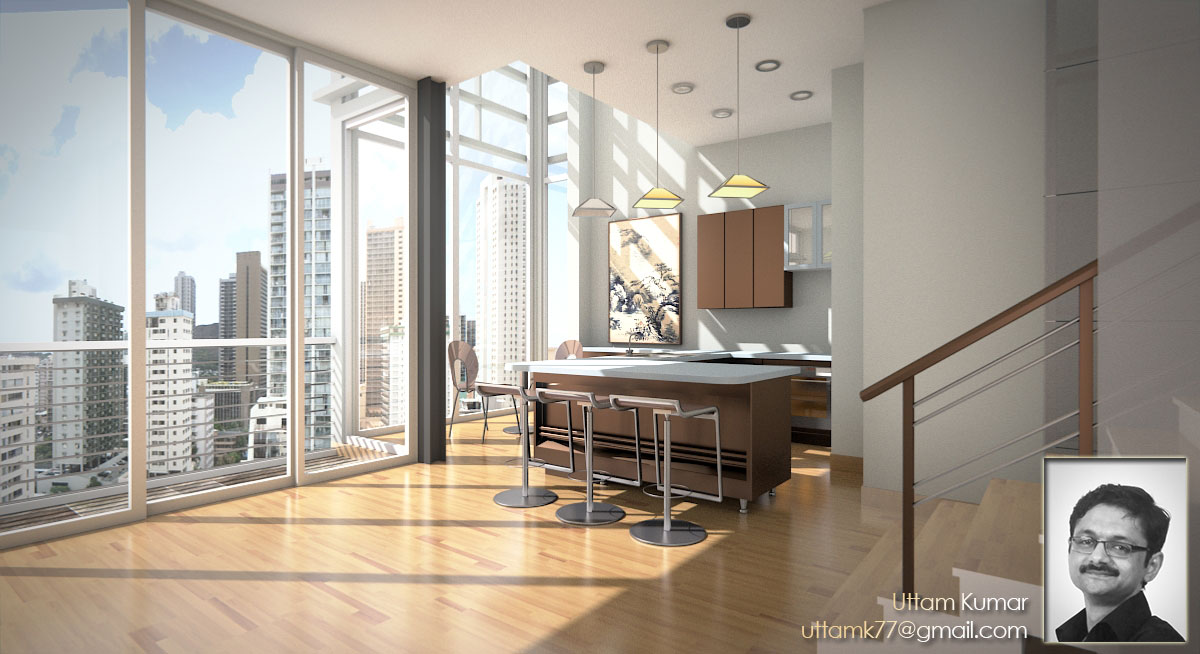


Modern lightweight markup formats are both 1) very simple (in comparison to a full XML spec, anyway) and 2) ubiquitously supported (via browser plugins, Visual Studio Code, standard tooling). It's just as true for S1000D systems as it is for docs-as-code, but with an added cost component can your team afford to buy a S1000D review license for every SME that needs to contribute? This is old hat for tech pubs folks, but it's depressingly uncommon for vendors to consider the review format and SME review process. All of this has to be tracked at the highest level of granularity, which, again, unless your review format is supported in the stack (Word with MS product, PDF with AEM, etc), this is going to be tedious in the extreme and extraordinarily error prone. If reviewers don't pick up git, then the deliverable has to be generated, SME edits introduced via PDF/excel/crayon, then SME contribution must be manually re-entered into the source. otherwise, you might end up with a WORSE version of what you were already doing, i.e., MS Word / Sharepoint, where collaboration is built into the whole stack. Chart out your own git workflow with Mermaid ( ), which is supported as an inline block in Asciidoc. The image below shows a simplified flow for a particular change, in this case a new feature SUPERPROP. This might sound a bit obvious, but anyone adopting docs-as-code really, really, really needs to make sure SMEs and contributors will accept working in a git + text review system.

#gpt3 #chatgpt #stablediffusion #technicalwriting #blender #blender3d After that? We're going to have to contend with the S1000D content model, which is not going to be a good fit. If I can find a good model for maintenance / aerospace language, that's going to be the next side project. On the LLM AI front, GPT has arrived for consumer-level GPUs ( llama.cpp / Alpaca), which means I'm starting to get AI via VSC extension.

I'm just barely a layman myself, so there's a lot to learn. It requires, first off, good language usage, and at least a layman's knowledge of how the underlying model works and its underlying training set. This is way more complex than I could hash through in a single LI post, but AI prompting is going to be a crucial skill. The key for good results here is the structure of the prompt. Check out the AI's optimization of simple "couchlike" shapes in my sloppy scene below. Blender's StableDiffusion plugin is pretty good at creating complex objects from what would otherwise be sloppy block meshes.


 0 kommentar(er)
0 kommentar(er)
